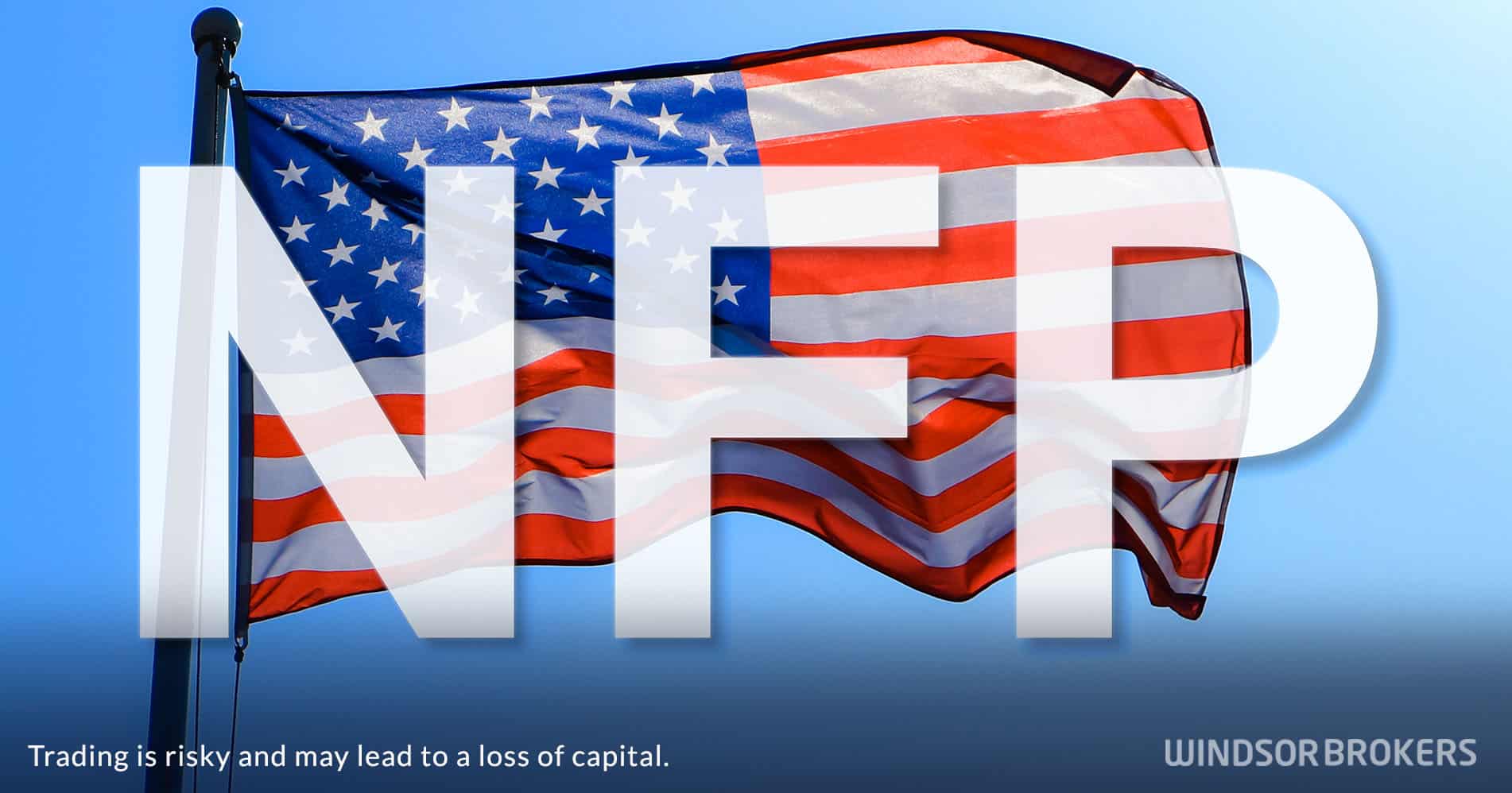US nonfarm payrolls rise expectations in June, unemployment rate falls
US nonfarm payrolls rose by 147,000 in June, following an upwardly revised gain of 144,000 in May, surpassing expectations for a 111,000 increase. The labor market also saw a surprise drop in the unemployment rate, which fell to 4.1% from 4.2% in May—below the forecasted 4.3%. This combination of solid job growth and a lower jobless rate signals continued labor market resilience and gives the Federal Reserve room to keep interest rates steady until at least September.
Despite the stronger-than-expected payroll figures, economists remain cautious. Many note that the broader trend still points to a gradual slowdown in job creation. Several warning signs—such as a rise in jobless claims and a growing number of people receiving unemployment benefits—suggest mounting fatigue in the labor market after a period of strength that helped shield the economy from recession during the Fed’s aggressive tightening cycle.
Adding to the uncertainty are policy shifts under President Donald Trump. His administration’s sweeping tariffs on imports, mass deportation efforts, and sharp cuts to government spending have significantly altered public sentiment. While business and consumer confidence surged after Trump’s election victory last November, buoyed by expectations of tax cuts and deregulation, optimism faded within two months.
Most economists now expect the unemployment rate to rise gradually through the second half of the year. That could prompt the Fed to resume cutting interest rates starting in September. The central bank left its benchmark rate unchanged last month at 4.25%–4.50%, where it has remained since December.
Fed Chair Jerome Powell reaffirmed on Tuesday that the Fed plans to stay on hold for now as it monitors the economic impact of tariffs and awaits more clarity on inflation before considering any monetary easing.


